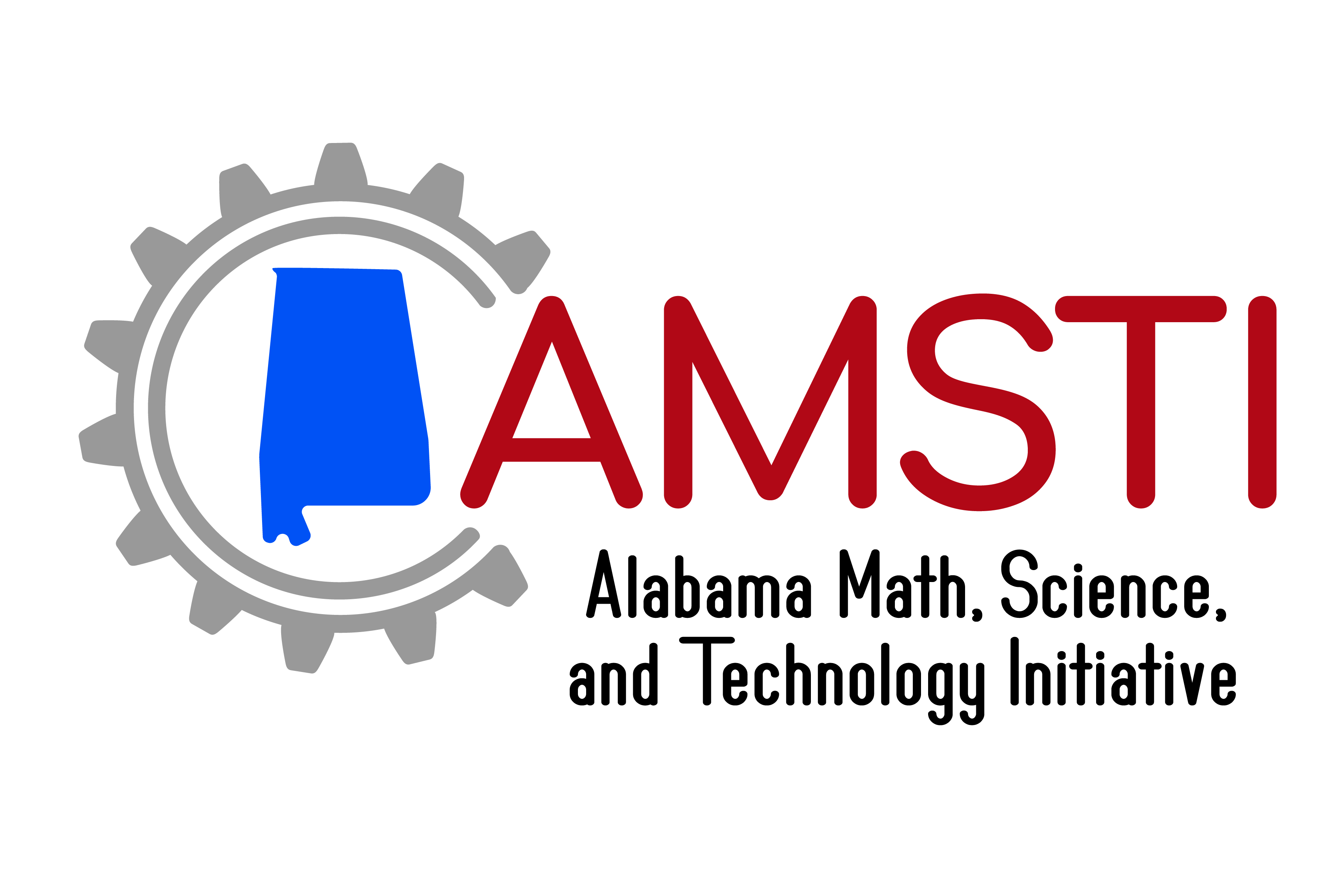About
Imagine if every public high school had thousands of dollars worth of high-tech equipment available to educate their students...with Alabama Science in Motion they have access to that and much, much more!
Science in Motion is a revolutionary project which originated at Juniata College in Huntingdon, Pennsylvania in 1986. Dr. Don Mitchell started Juniata Science In Motion program with NSF funding. Seven years after the Juniata SIM program started, a story appeared on ABC News World News Tonight with Peter Jennings about the program. Senator Fred Horn from Alabama saw the story and was determined to start a similar program in Alabama. Six months later on May 3, 1994 the governor of Alabama signed the Alabama Science In Motion program legislation, and Alabama became the first state in the nation to institute a statewide Science in Motion program. Three months after legislation was signed teacher In-service training started on August 7, 1994.
In 2005, incorporation with the Alabama Math Science and Technology Initiative (AMSTI) allowed Science In Motion to grow to its current capacity.
There are now thirty-three Science in Motion specialists housed at a public college or university around the state serving eleven In-service regions. Each of the sites provides resources and training to area high schools. Funding for the program is administered through the State Department of Education. (Grantees may not charge indirect costs to the ASIM grant.)
The goals of Science in Motion are to provide high-tech laboratory experiences for students and effective professional development for teachers. In many instances the cost of the equipment involved would be prohibitive for individual schools or even systems to acquire. Sharing this equipment through Science in Motion offers equally enriching opportunities to students from different backgrounds and schools. Professional development workshops improve teacher mastery of subject matter and equipment use. Through these workshops teachers from different school systems gain the opportunity to network with peers, sharing both content knowledge and teaching techniques. Program specialists may also team teach during classroom visits increasing the teacher-student ratio and providing additional content knowledge.


